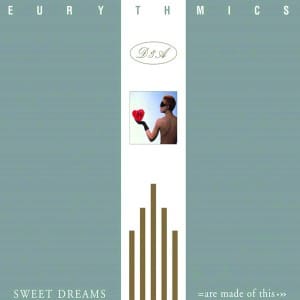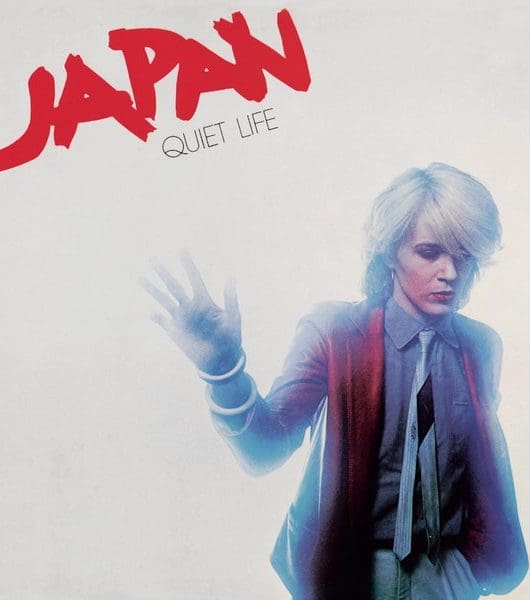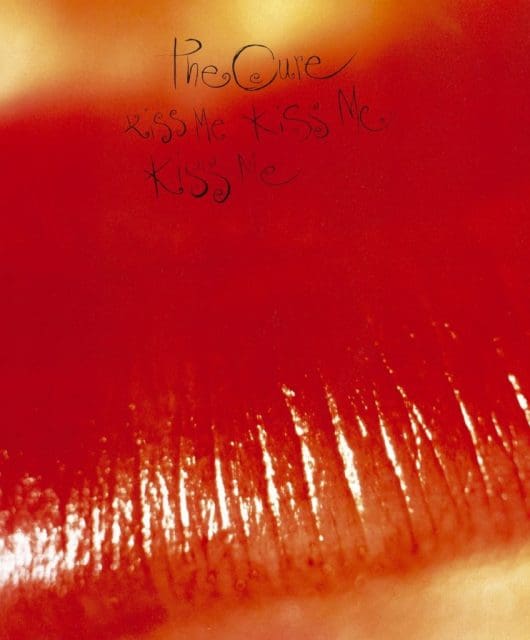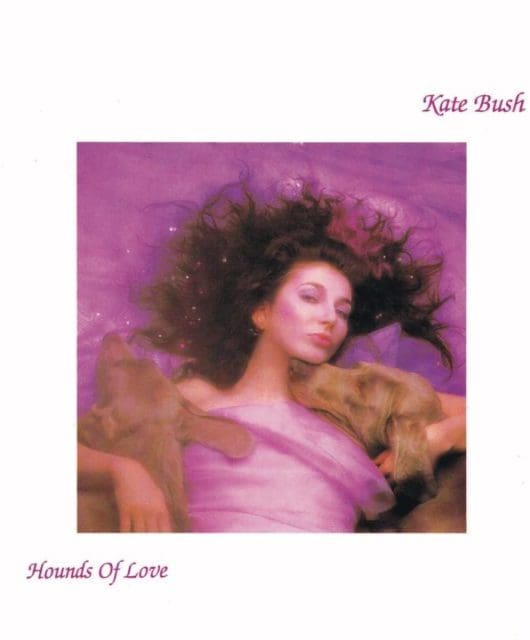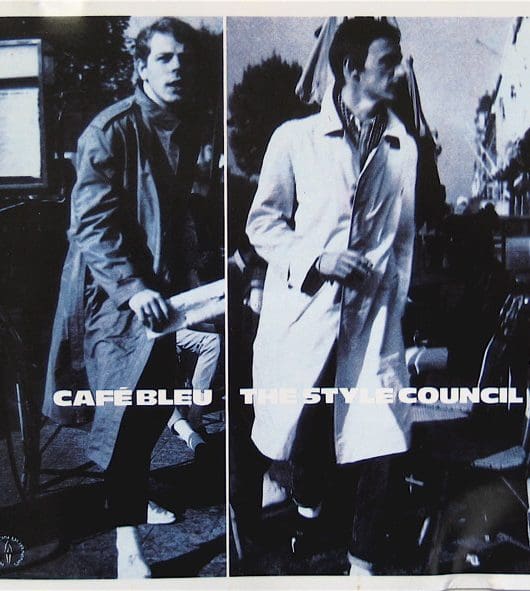The Lowdown – Eurythmics
By Classic Pop | March 5, 2015
Starting out as the tourists, Dave Stewart and Annie Lennox ended up traversing the globe as international pop stars – thanks to a prolific output of classic, (mainly) synth-based pop hits. Here we look back at the best moments of their career.
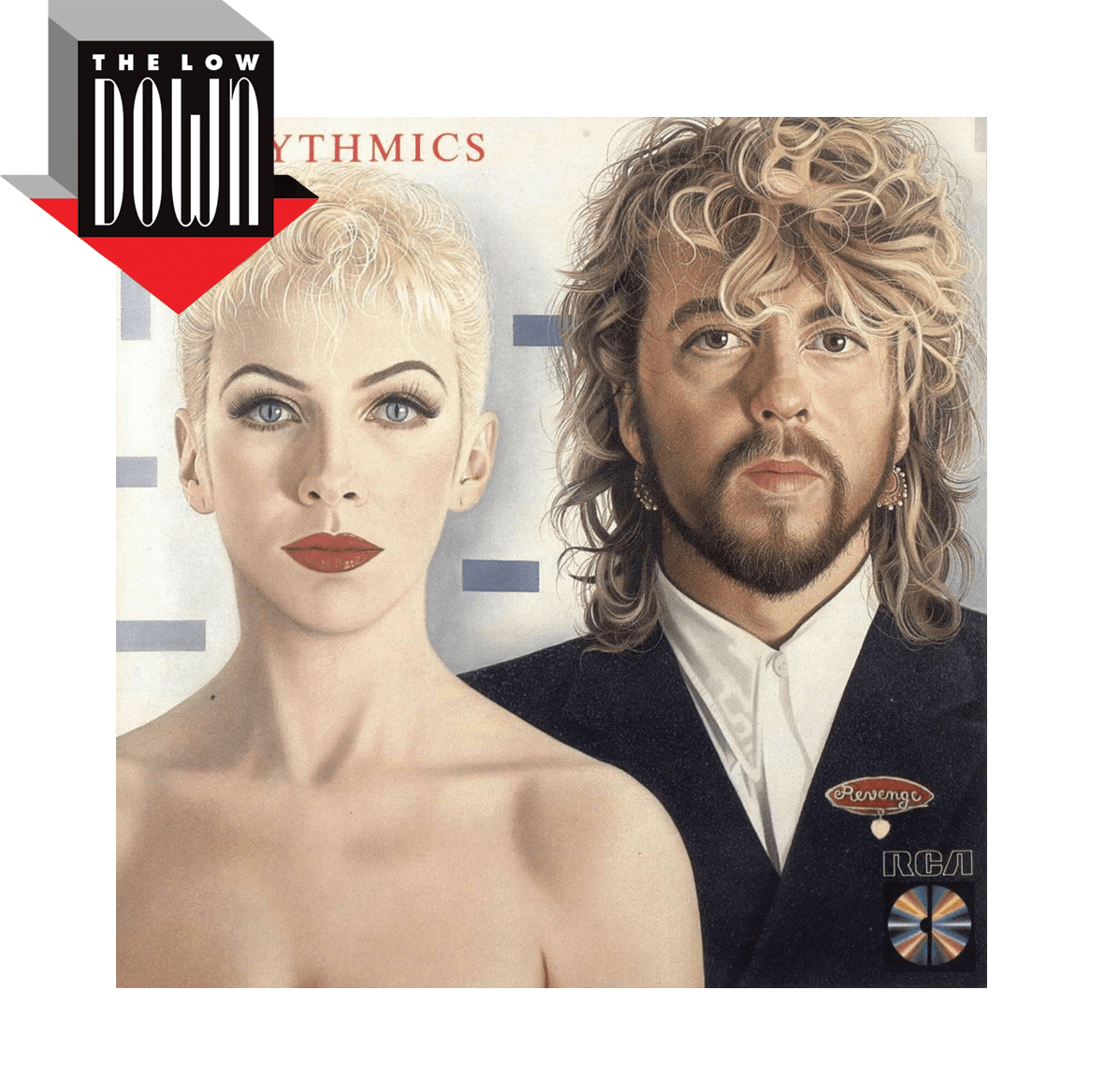
The beginning of the Eighties wasn’t a happy time for Dave Stewart and Annie Lennox. Their group, The Tourists, had split up and their relationship had also ended, leaving them in limbo. Musical soulmates, they shrugged off their differences and pursued a career as a duo – and that’s when their fortunes changed. “Most couples get famous then break up, but we broke up then got famous,” Stewart laughs.
Entering the studio with Conny Plank, who’d worked with The Tourists, the duo recorded their debut album, In The Garden. Although it turned out to be a commercial failure, it afforded them the chance to carve out a sound that was exclusive to them. That sound was experimental, electronic pop fused with soulful vocals. “It became our ethos,” says Stewart. “We put the cold, European, tough-sounding synthesiser together with a soulful voice.”
Their breakthrough hit, Sweet Dreams (Are Made Of This), a masterclass in synth-pop, hit number two in the UK and Lennox’s androgynous image saw Eurythmics become one of the most significant acts of the Eighties. Arriving on the scene just as MTV launched was pivotal. Stewart and Lennox exploited the medium of video, creating abstract clips that set them apart from their peers. “I was like a kid with a paintbox,” says Lennox. “I could be all these different characters. It was so exciting!”
Sweet Dreams signalled the beginning of a period of success spanning the next 16 years. The all-conquering Touch album continued their winning streak, before they underwent a radical overhaul of their image, ditching the androgyny and electronics for a more mainstream pop/rock sound. The reinvention paid off and 1985’s Be Yourself Tonight and 1986’s Revenge became their biggest-selling albums to date. They followed them with 1987’s Savage, an insular album written, recorded and produced by Stewart and Lennox exclusively, and We Too Are One in 1989.
The Nineties saw both parties embarking on solo ventures, before regrouping in 1999 for a new album (Peace) and tour as Eurythmics.
It was to be their last but their legacy lives on – having sold over 70 million albums and scored over 30 hit singles worldwide, Eurythmics are the most successful male/female duo of all time.
The must-have albums
Sweet Dreams Are Made Of This (1983)
The first one that brought the band to public attention
Heavily influenced by a trip to Berlin, where they experienced the full-on electronic onslaught of the city’s underground music scene, Stewart and Lennox returned to their own primitive eight-track studio in London with a clear direction for their sophomore record.
Utilising the latest synthesisers and combining them with Lennox’s ethereal vocals, they created a distinctive style, offering a soulful twist to the somewhat clinical electro sound. One of the defining albums of the decade, Sweet Dreams (Are Made Of This) was a series of sleek, shimmering synth-pop masterpieces, conveying passion, danger and obsession.
From the sinister Love Is A Stranger to the haunting Jennifer, the pulsating This City Never Sleeps (featured to great effect in the 1986 Mickey Rourke/Kim Basinger movie 9½ Weeks) to The Walk, the album’s highlights were endless. But the title track was the standout – a modern-day classic, it informed the sound that would transport Eurythmics from quirky electro experimentalists to a bona-fide pop phenomenon (see The Best Singles, overleaf).
Touch (1983)
The one that saw Eurythmics become a truly global act
With Sweet Dreams having soared to number three in the UK albums chart, the band were eager to keep their momentum going and released this, the follow-up, less than a year later. Very much a companion piece, Touch incorporated the sounds and themes that Stewart and Lennox had explored on their previous album (Regrets and Paint A Rumour, in particular, were stylistically akin to Sweet Dreams).
The duo also began introducing influences they’d absorbed while touring the world – most notably from Africa, South East Asia and Spain. Indeed, the album’s second single, the UK number 10 hit Right By Your Side, featured a calypso backdrop that demonstrated Stewart and Lennox’s willing to break down conventions (a notion that was backed up by Peter Ashworth’s cover shot of a semi-naked Lennox wearing an eye mask).
The album’s other two singles, Who’s That Girl? and Here Comes The Rain Again, reached UK number three and number eight respectively, cementing Eurythmics’ position as one of the nation’s biggest acts. And a first Top 10 placing in the US albums chart indicated that they were gaining attention across the pond, too.
Be Yourself Tonight (1985)
The one where Stuart and Lennox adopted a new style
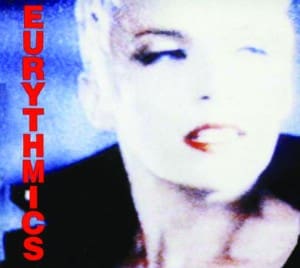
Just when everyone thought they’d figured out what Eurythmics were all about, Stewart and Lennox threw a giant curveball with their fourth album, Be Yourself Tonight, a radical musical departure.
Swapping their synthesisers for guitars, guests and gospel singers, the duo realised their ambition of recording an album that paid homage to Motown and classic soul. They were intent on progressing through the latter half of the Eighties with a new sound, a new look and a new confidence, something exemplified by the album’s opening bombast of Would I Lie To You?
Their reinvention was quickly affirmed when the positively euphoric There Must Be An Angel (Playing With My Heart) awarded them their first UK number-one single. Elsewhere, they enlisted the services of Aretha Franklin for Sisters Are Doin’ It For Themselves, a rallying anthem of female empowerment.
Elvis Costello’s guest spot on Adrian was another highlight, as was the sublime single It’s Alright (Baby’s Coming Back), stylistically a digital take on Dusty Springfield’s 1969 album Dusty In Memphis. An obvious labour of love, Be Yourself Tonight presented a reinvented Eurythmics.
Savage (1987)
The one you should take on a desert island with you
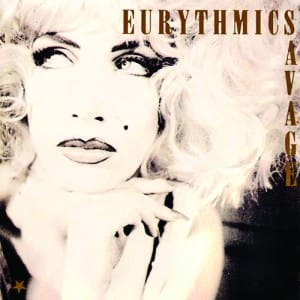
By far the most personal album in Eurythmics’ catalogue, Savage saw Stewart and Lennox once again embracing innovative technology and was stylistically akin to their experimental early albums.
Dealing mainly with the subject of failed love and the breakdown of relationships, the jarring, cold sound of the album, combined with raw, almost visceral lyrics, made for an uncomfortable yet strangely fulfilling listen. The brilliant lead single Beethoven (I Love To Listen To) could well have been a factor as to why Savage was the duo’s least-successful album commercially (it stalled at number seven in the UK and number 41 in the US).
Very much a return to their electronic roots – the only other musician to feature on the record was drummer Olle Romeo – the album contained some of their best work. Shame (their most underrated track ever – see The Best Singles, overleaf), the beautiful title track and You Have Placed A Chill In My Heart all stood out, as did the acoustic I Need You. The most daring thing they ever released, Savage remains a highlight. It’s also reportedly the duo’s favourite Eurythmics album.
The must-watch videos
Sweet Dreams Are Made Of This (1983)
For many, the Sweet Dreams (Are Made Of This) video was their introduction to Eurythmics and, in 1983, the sight of an androgynous Annie Lennox with a bright orange buzz cut and wearing a man’s suit raised eyebrows.
“I thought that by wearing a man’s suit and cutting my hair really short, I’d be equal to Dave,” she says now. “A lot of other female artists at that time were being portrayed as sex objects and I didn’t want to be that; there was more to me than that.”
Lennox’s appearance wasn’t the only thing to cause a stir – the clip was riddled with bizarre imagery, with Stewart and Lennox meditating in front of gold discs and playing cello blindfolded in a field. It was all a commentary on fame, power and feminism but, boy, was it hard to decipher.
Who’s That Girl? (1983)
Duncan Gibbins’ video was centred around a seedy nightclub, with Annie Lennox playing a tormented torch singer, forced to watch as her lover flaunted his infidelities with a series of other women.
His conquests in the video were played by members of Bananarama (including Dave Stewart’s real-life future wife Siobhan Fahey) and Bucks Fizz, Kiki Dee and gender-bender Marilyn.
The video built to a shocking climax that saw Lennox appear in drag playing her own love interest and sharing a kiss with “herself”. Lennox caused a storm of controversy when she adopted her male persona to perform at that year’s Grammys.
It didn’t do the band any harm, though, with Who’s That Girl? becoming their third consecutive Top 40 hit Stateside. The video didn’t do Gibbins any harm either, as he went on to direct clips for Wham!, Bananarama and George Michael.
There Must Be An Angel (Playing With My Heart) (1985)
Just as There Must Be An Angel (Playing With My Heart) was musically different to anything Eurythmics had done before, the accompanying video was different to everything that had preceded it, too.
A high-camp affair based on the opening scene of Ken Russell’s 1971 film The Devils, it was set in the court of the Sun King and starred Stewart as King Louis XIV, Lennox as a chanteuse sent to entertain him, a choir and a series of cherubs.
At first, the King didn’t seem impressed by the entertainment, but Lennox managed to win him over by the end of the clip. Completely over the top, the video revealed the duo’s sense of humour, and heavy rotation on music shows helped propel the track to the top of the UK charts.
It’s Alright (Baby’s Coming Back) (1986)
A truly innovative clip for the mid-Eighties, It’s Alright (Baby’s Coming Back) was a stunning blend of live action and Tron-like animation.
Reflecting the song’s lyrics, the narrative was poignant: following a car accident (of sorts), Lennox ends up in a coma in hospital, whereupon Stewart telepathically gets wind of what’s happened and makes his way to her bedside (well, those two were always on the same wavelength).
Meanwhile, an “out of body” version of Lennox sings to the camera. The clip helped the single to a respectable number 12 in the UK charts, while paving the way for Willie Smax to become one of the most-prolific music-video directors of the Eighties and Nineties (he went on to make promos for Dannii Minogue, Chesney Hawkes and Jimmy Nail, among others).


